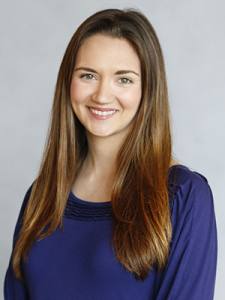The airstrip tucked amid Lakeway neighborhoods is a peaceful place. That’s because it’s an airpark and not an airport, according to Lakeway Airpark Treasurer Erik Mulloy.
The 4,000-foot paved runway sits on 39 acres. There are usually about 50 airplanes on-site or with ground access, Mulloy said.
Jack Josey, a local rancher, built the strip in 1962 for his own use. Today there is a historical plaque near the runway marking the site of Josey’s original ranch house. The Lakeway Co., which played a substantial role in establishing the community, bought the land, improved the airstrip and started using it two years later.
The small airpark was primarily used by developers who were constantly coming in and out of the area, according to Mulloy.
In 1995 the Lakeway Co. sold the land around the strip, with the exception of a small parcel. They sold it to Lakeway Airpark Inc., a nonprofit, volunteer-run organization. Since then, the airpark has been privately owned but open for public use.
“Any pilot in the world can come here and land,” Mulloy said. “The airpark is an enormous asset to the community. A lot of business is conducted by people flying in here to have meetings with the city and developers around the area.”
The city of Lakeway does not provide any money for airpark upkeep, Mulloy said. Funds come from fuel sales out of the automated gas pump on-site and airpark members pay an annual membership fee.
Many improvements have been made to the airpark since it became a nonprofit. There used to be a wooden shack-like facility next to the runway. A concrete building replaced it in 2005 that is used for board meetings and is a comfortable facility for transient pilots.
Charles Edwards, retired Army colonel, Lakeway mayor from 1999-2003 and aviation aficionado, said the success of the airpark is due to local individuals.
“Starting that summer in 1995, we’ve had guys like Erik [Mulloy] that really put their shoulder to the wheel and made this thing a first-class, little city airpark,” Edwards said. “We’ve resurfaced the ramp and runway, improved hangars. It’s been tidied up
considerably.”
Mulloy said the park also exists by the good graces of its neighbors, which is why there are rules like no flying between sundown and sunup.
There have also been efforts to encourage community involvement, such as a free event March 24 where locals could come learn about flying and meet local pilots over a fish fry.
“When it comes to airpark homeowners and members, I think you’ll find their love of aviation drove them here,” Mulloy said. “But once they’re here, they have a significant, positive impact on the local community.”









